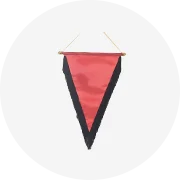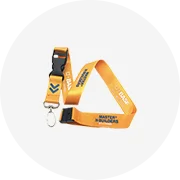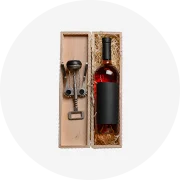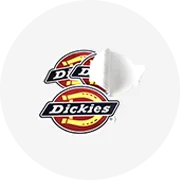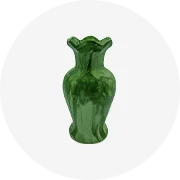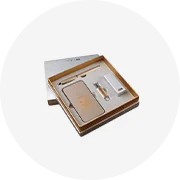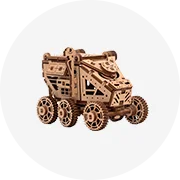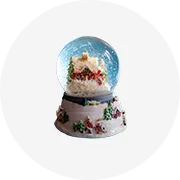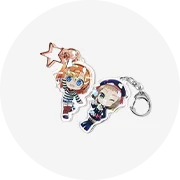Popular in your industry

































































































































































Top categories
About medical pins
The phrase medical pins refers to a diverse array of pins utilized within the healthcare industry for various functions, from identification to practical use. These pins may be specialized, such as orthopaedic pins for surgical applications, or more ubiquitous, like safety pins found in first aid kits. Crafted to adhere to the stringent demands of medical applications, these pins are often personalized to signify professional roles, accomplishments, or group memberships, including physician assistant pins and medical lapel pins.
Types and Materials of Medical Pins
Medical pins are available in a plethora of forms, each distinguished by its unique features and applications. For example, medical lapel pins frequently signify a healthcare worker's area of expertise or celebrate specific achievements. Orthopaedic pins play a pivotal role in surgical interventions, facilitating the proper alignment and stabilization of broken bones. Medical safety pins are essential in emergency care, commonly employed to fasten bandages or medical clothing. The assortment includes medical croc charms and medical jibbitz, which infuse a healthcare professional's attire with personality while retaining functionality. Each pin variant is engineered with a particular purpose in mind, whether to offer support within a medical apparatus or to symbolize medical affiliation and identity.
Structure and Operation of Medical Pins
The architecture of medical pins is as varied as their categories. A typical lapel pin doctor badge might comprise a pin, clasp, and emblem, each component carefully fashioned for safety and resilience. Conversely, orthopaedic pins boast a more intricate design tailored to interact with both medical instruments and human anatomy. These pins are typically fashioned with a sharp tip for seamless insertion and a shank—threaded or smooth—to ensure the secure positioning of bones. The functionality of these pins is paramount; they must be straightforward to deploy and remove without inflicting additional injury, all while enduring the physiological conditions of the human body.
Materials and Benefits
The selection of materials for medical pins prioritizes biocompatibility, robustness, and longevity. Stainless steel is favored for its anti-corrosive properties and negligible allergy risk. Precious metals such as silver and gold are chosen for medical lapel pins due to their aesthetic qualities and antimicrobial features. Plastics and TPU are opted for their lightness and pliability in medical croc charms. Each material is meticulously chosen to strike a balance between the pin's functional imperatives and the user's safety and comfort.
Business Usages and Applications
Within the commercial sphere, medical pins transcend mere identification; they act as instruments of engagement and acknowledgment within healthcare organizations. Employed in hospitals, clinics, and academic settings, they denote roles, commemorate significant events, and are integral to branding initiatives. For example, medical enamel pins can be tailored with an institution's emblem and presented as tokens to personnel or patients, nurturing a sense of community and belonging. In the pharmaceutical sector, pin needles for insulin are essential for diabetes care products, significantly affecting patient quality of life.
Functions and Tasks
The fundamental role of medical pins is to cater to the healthcare sector's requirements. Orthopaedic pins are designed to secure bones, facilitating recovery. Safety pins for first aid kits offer swift and dependable methods for affixing medical dressings. Beyond these utilitarian roles, medical lapel pins and healthcare pins also fulfill emblematic duties, denoting accomplishments, credentials, or membership within a specific medical collective.
Features and Unique Selling Points
The distinctive attributes of medical pins include their hypoallergenic nature, ease of sterilization, and the capacity for customization with detailed designs and emblems. These qualities distinguish them from ordinary pins, rendering them particularly suitable for medical contexts. For instance, medical safety pins are often engineered with a locking feature to prevent unintended openings, ensuring safety in healthcare environments.
Benefits and Positive Outcomes
The advantages of employing medical pins are multifaceted. They enhance the safety and efficacy of medical procedures, facilitate professional identification, and contribute to a unified professional image. The deployment of medical enamel pins can also elevate morale among staff by acknowledging their efforts and commitment, resulting in a more motivated and dedicated workforce.
How to Use and Maintain Medical Pins
Proper usage of medical pins necessitates an understanding of their designated roles. For example, orthopaedic pins should be handled exclusively by skilled medical practitioners. Regarding upkeep, it is imperative to sterilize medical pins routinely, particularly those utilized in operative environments. Adequate storage is also vital to avert damage and preserve the pins' integrity.
How to Choose the Right Medical Pin
Selecting the appropriate medical pin entails a comprehension of the specific demands of the medical context. Considerations should include the nature of the medical practice, the pin's intended purpose, and the preferences of the user. For instance, a nurse might opt for a medical safety pin for its practicality, while a surgeon may necessitate specialized orthopaedic pins for surgical procedures.
How to Clean and Maintain Medical Pins
Sanitizing medical pins is imperative for preventing infections. They should be cleansed with suitable disinfectants and sterilized in accordance with medical protocols. Periodic inspections for wear and damage are also crucial to ensure the pins remain safe for use. For personal items like medical lapel pins, a mild soap and water cleaning followed by complete drying suffices to preserve their aesthetic and functional qualities.
Target Audience and Meeting Needs
The intended audience for medical pins is broad, spanning medical professionals, students, and patients. Each product is crafted with the end-user's requirements and preferences in mind. For instance, medical lapel pins may be customized to reflect the specializations of doctors and nurses, while safety pins for first aid kits are designed for universal application, ensuring ease of use and dependability in urgent situations.
How do medical pins enhance professional identity?
Medical pins, such as healthcare pins and medical assistant pins, are instrumental in reinforcing professional identity. Typically adorned as part of the uniform, they symbolize a practitioner's dedication, expertise, and association with a specific domain or organization in the medical fraternity.
What are the considerations for choosing the right medical pin?
Determining the ideal medical pin requires evaluating aspects like the occasion, the intended message, material durability, and the specific use case. For example, a first aid kit safety pin demands a sturdy, rust-resistant composition, whereas a medical lapel pin may prioritize design and personalization.
How to maintain and clean medical pins?
Maintaining and cleansing medical pins is crucial for hygiene and longevity. Routine cleaning with appropriate agents, steering clear of abrasive chemicals, and dry storage are practices that ensure the pins remain in prime condition and safe for medical use.








































































